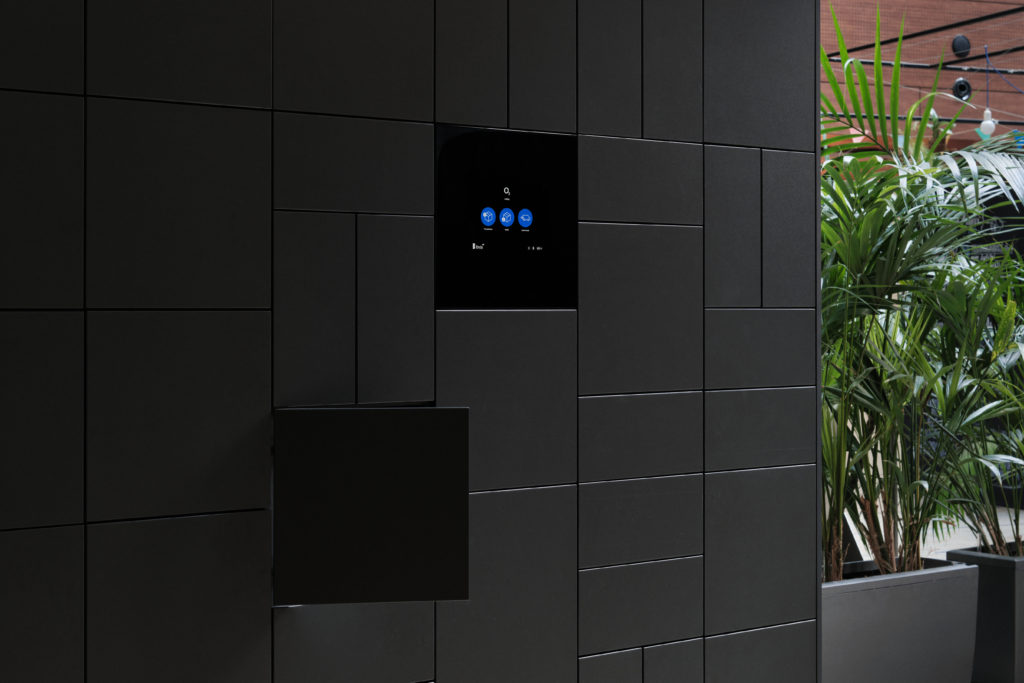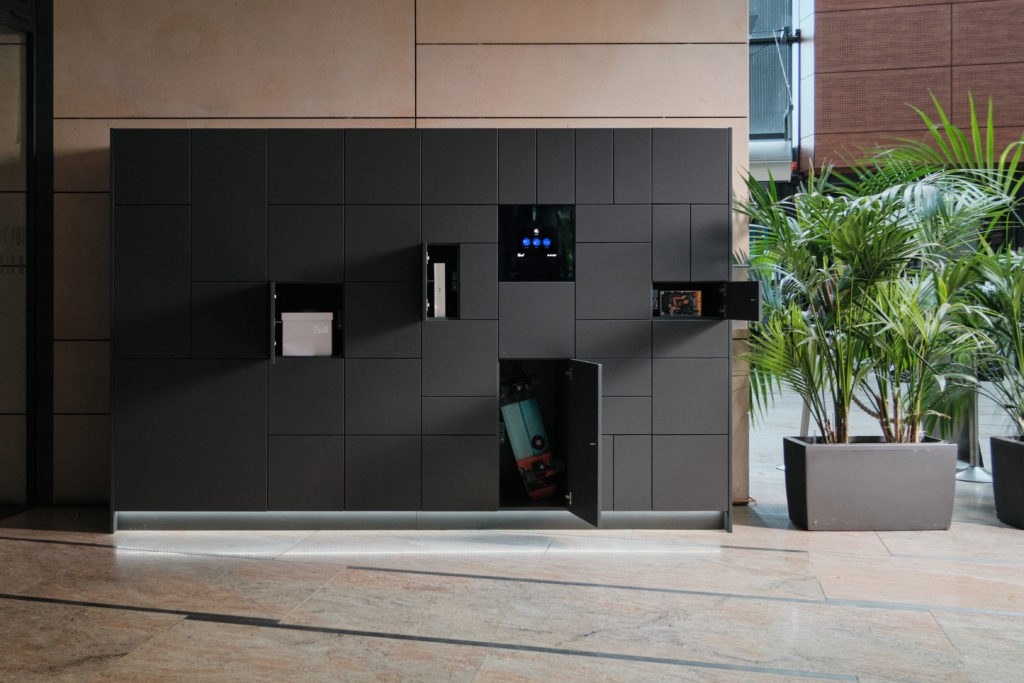The digital transformation of the workplace has become an integral part of modern organizations’ strategies. PropTech plays a significant role in this process by employing technologies to optimize productivity and make life in offices a breeze. One essential component of PropTech’s digital impact on the workplace environment is smart lockers. In this article, we will explore the role these technologies play in office digitalization, their benefits and how they are shaping the future of work.
In recent years, advancements in technology have revolutionized various industries, and the real estate sector is no exception. As we continue our journey to a more digitally-enabled world, there is a growing demand for seamless integration between physical spaces and digital resources. Nowhere is this trend more evident than in workspaces. Tenant apps and smart lockers are two innovations rapidly transforming the landscape of modern offices.
However, when people think about lockers, they usually think of two regimes: either personal storage or parcel delivery, never combined. But when powered with the right software, one locker can meet a vast number of use cases at the same time. The majority of the functions will fall into two main categories: storing and sharing. Let’s break it down.
1. Streamline facility management
Using tenant experience apps combined with other PropTech or WorkTech tools, facility managers can monitor building operations efficiently. They receive real-time updates on equipment performance, energy consumption, and maintenance data to address any issues proactively and reduce downtime.
2. Optimized space utilization
Tenant apps provide data-driven insights into space usage patterns. By identifying underutilized areas or peak usage times, businesses can make better decisions on space allocation and scheduling – reducing costs related to wasted space. Landlords can also create new revenue streams. For example, they can make underutilized areas semi-public and let people book and pay for the spaces through the app or web portal.
3. Automation
PropTech or WorkTech solutions automate repetitive tasks such as assigning access to specific spaces, scheduling repeated bookings as well as managing hybrid schedules, enabling property and facility management teams to actually focus on strategic initiatives and tenant satisfaction.
4. Data analytics
PropTech provides data-driven insights that can improve decision-making for property and facility management teams. By leveraging big data analytics, managers can identify inefficiencies in operations, and uncover hidden revenue and cost-saving opportunities.
5. IoT integration
The integration of Internet of Things (IoT) devices such as smart sensors and meters enables real-time data monitoring of building operations. This data is used to optimize energy consumption, reduce operating costs, and enhance overall building performance.
For occupiers of those same commercial properties, popular tenant experience apps or workplace apps significantly enhance workplace efficiency by managing resources more effectively, increasing staff productivity, encouraging collaboration, and fostering a sense of community among users.They simplify the process of booking resources, such as meeting rooms and desks, reducing time wasted on administrative tasks. Most of the tenant experience tools also offer seamless integration with building systems, improving comfort and convenience for employees with features like smart no-tap access, visitor management and sharing, receiving and storing parcels, equipment and other items in smart lockers.

1. Enhanced communication
Tenant apps foster collaboration across departments through features such as messaging, event calendar, and newsfeed. These promote a strong sense of community within the workspace as workers get to know each other better and also meet people from other companies that otherwise would hardly have access to.
2. Day-to-day operations
Tenant experience apps like Spaceflow simplify the process of booking resources, such as meeting rooms and desks, reducing time wasted on administrative tasks. They also allow occupiers to submit maintenance inquiries and feedback, so the building management can respond more swiftly, and find on-site and nearby services.
3. Automation
When combined with the right tools and processes, tenant apps can automate certain repetitive tasks such as setting up meeting rooms, inviting guests, and checking in and out of the office, which is specifically helpful in hybrid working environments.
4. Access to data
Occupancy, floor maps, smart parking. When equipped with the right data, employees can get a more comprehensive picture of how the building is being used and how they can use it at the very moment.
5. Access to smart building features

How many times a day do employees open doors, and turnstiles, call an elevator, and control the lights and air-conditioning systems? When available on a single app, this gives users enhanced comfort and better control over the environment they spend 8+ hours in a regular day, while property and facility management teams can monitor building systems, and trends over time.
6. Smart lockers
Smart lockers have become an essential component of any digitally-focused office environment. With an increasing number of employees utilizing flexible working arrangements or shared workspaces, traditional storage facilities no longer suffice.
Smart lockers can be managed through dedicated apps or other connected systems. The level of personalization offers employees an effortless method for retrieving packages, personal belongings or shared items, reduces wait times at reception desks during a visitor’s check-in process, and allows secure storage for equipment without compromising security.
In the “What is a smart locker and seven reasons your company needs it article”, we argued that the definition of a smart locker is the one that highlights the software-first approach and seamless integration with third-party systems among other crucial aspects. Blocks, with its open API, support integration to any tenant engagement or workplace app in the market.
While tenant engagement apps provide better access to information and services that are used on a daily basis, the biggest benefit is that they improve the overall experience for occupiers in one environment, rather than scattered in many different apps.
When workplace lockers are integrated into tenant apps, they create an even more powerful duo for the workplace of today.